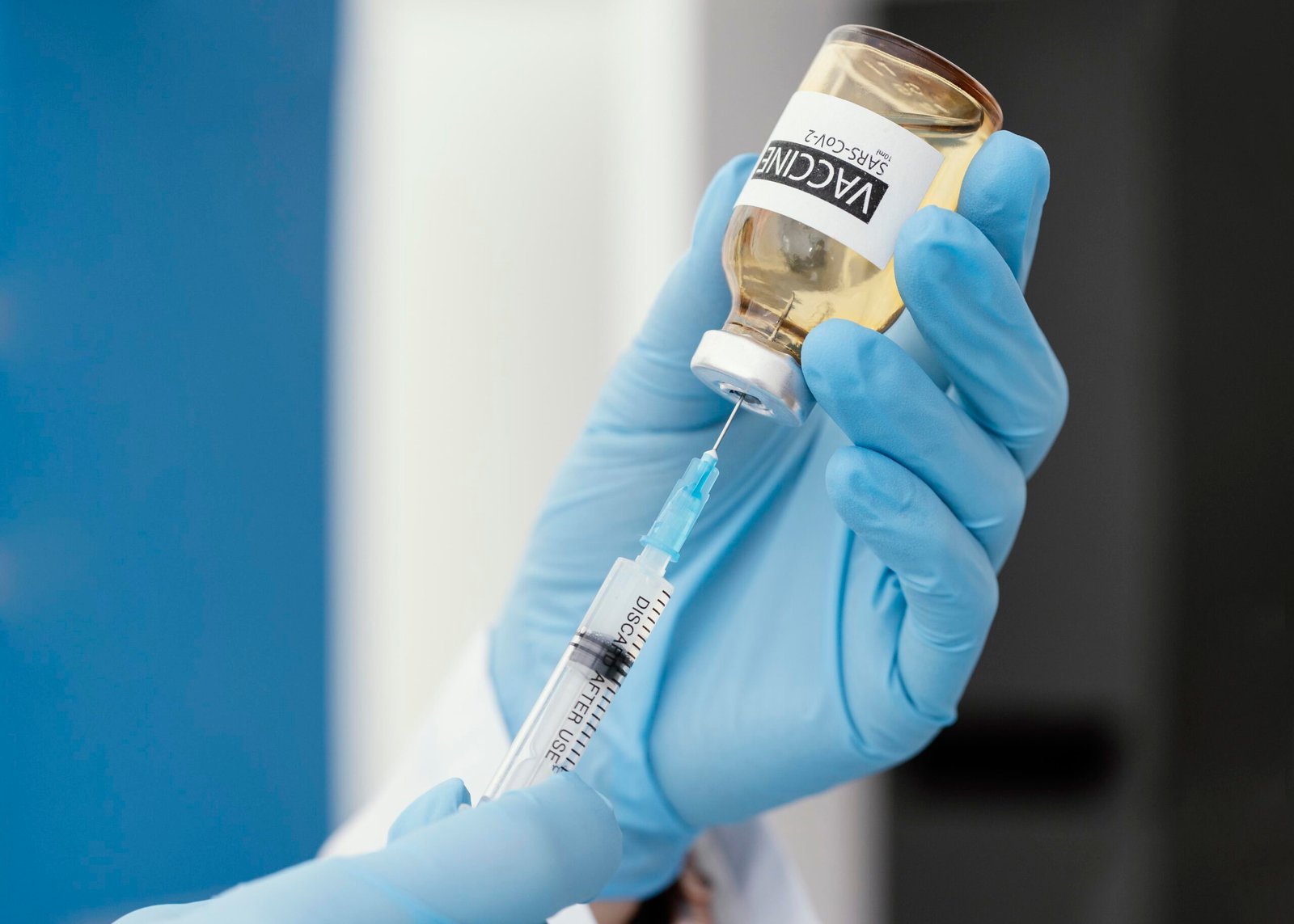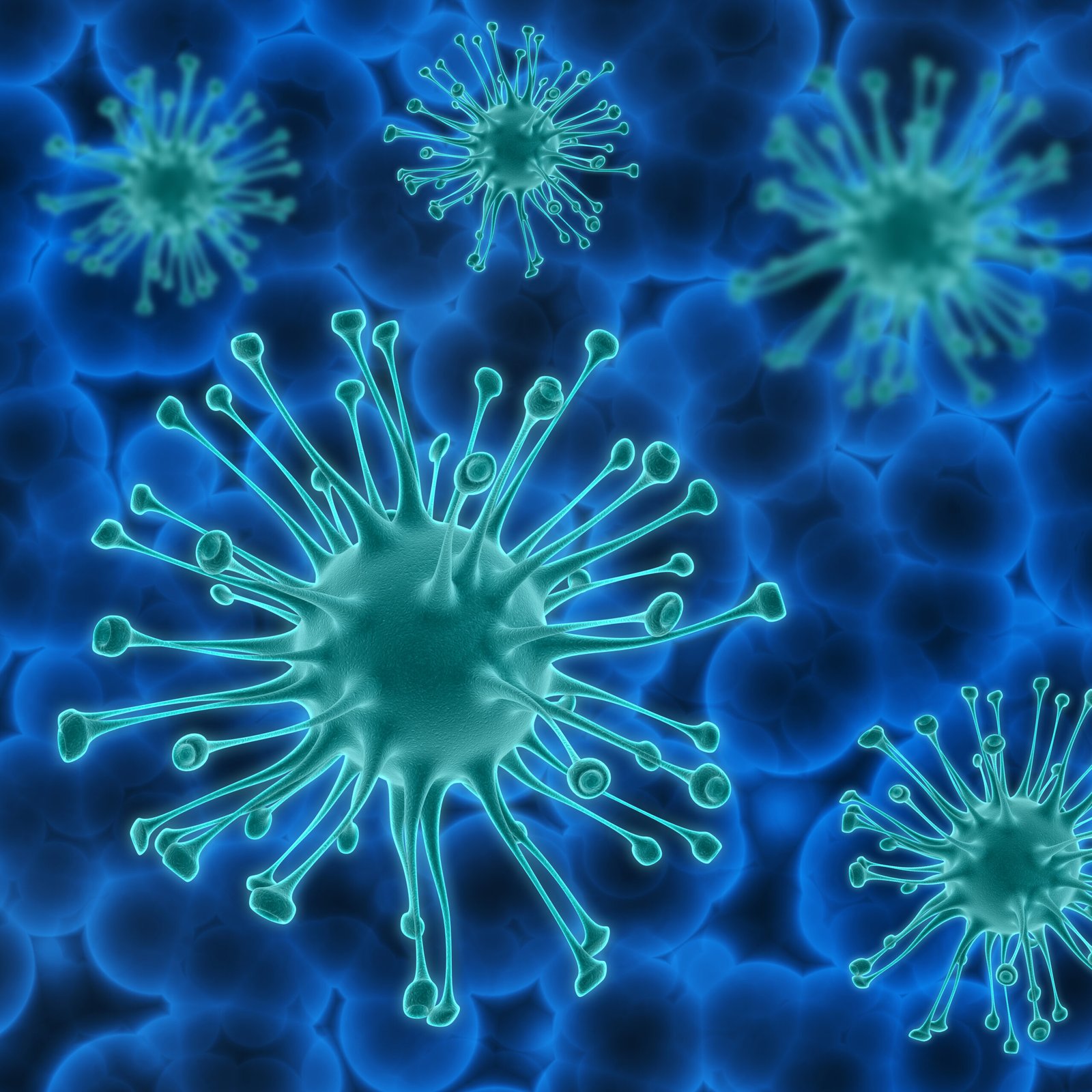Brazilian researchers from the University of São Paulo’s Medical School (FM-USP) have made a significant breakthrough in developing a COVID-19 vaccine. Recent studies conducted on mice have shown that the vaccine is both safe and effective. The vaccine successfully triggered an immune response and protected the mice from infection. These promising results were published in Scientific Reports.
1.A New Approach to Vaccine Development
Gustavo Cabral de Miranda, the principal investigator for the project, explained the unique strategy behind their vaccine. “Most vaccines use weakened or inactivated viruses. However, our next-generation approach focuses on safety, efficacy, and flexibility. This allows us to quickly adapt the vaccine to fight new variants,” Cabral said. The project is supported by FAPESP and hosted by the Immunology Laboratory at the Institute of Tropical Medicine (IMT-FM-USP).
2.How the Vaccine Works
The FM-USP team uses virus-like particles (VLPs) in their vaccine development. VLPs resemble viruses but lack genetic material. This means they are recognized by the immune system but cannot replicate or cause illness. Cabral further explained, “VLPs are versatile. They can be used alone or combined with antigens to stimulate the immune system.”
In the case of the COVID-19 vaccine, the VLPs are combined with the spike protein of the virus. This method allows the vaccine to be more adaptable, affordable, and easier to produce. “Bacteria act like mini factories to produce VLPs in the lab. Then, the spike protein is added. This makes the process both flexible and cost-effective,” said Cabral.
3.A Self-Adjuvanted Vaccine
One of the key advantages of this vaccine is that it does not require an adjuvant. Adjuvants are substances added to vaccines to enhance the immune response. The most common adjuvant is aluminum hydroxide, used in vaccines for over 100 years. “By creating a self-adjuvanted vaccine, we avoid dependence on adjuvant manufacturers and lower production costs,” Cabral added.
4.A Flexible Platform for Future Vaccines
The research team’s goal is to create a flexible platform that can be used to develop various vaccines. “VLPs are highly adaptable,” Cabral explained. “For example, we could easily swap the COVID-19 antigen with one from the Zika virus.” The team is already working on this, proving that their technology is not just theoretical. It’s a practical platform for creating a variety of vaccines.
5.Conclusion
The promising results from FM-USP researchers represent a significant advancement in vaccine development. Their use of VLPs, combined with the ability to adapt quickly to new pathogens, could pave the way for more affordable and effective vaccines in the future.
Source: São Paulo Research Foundation (FAPESP)
Date:Jan 13 2025




